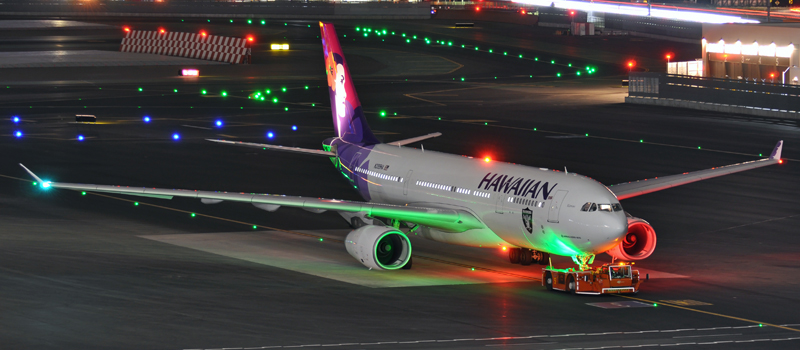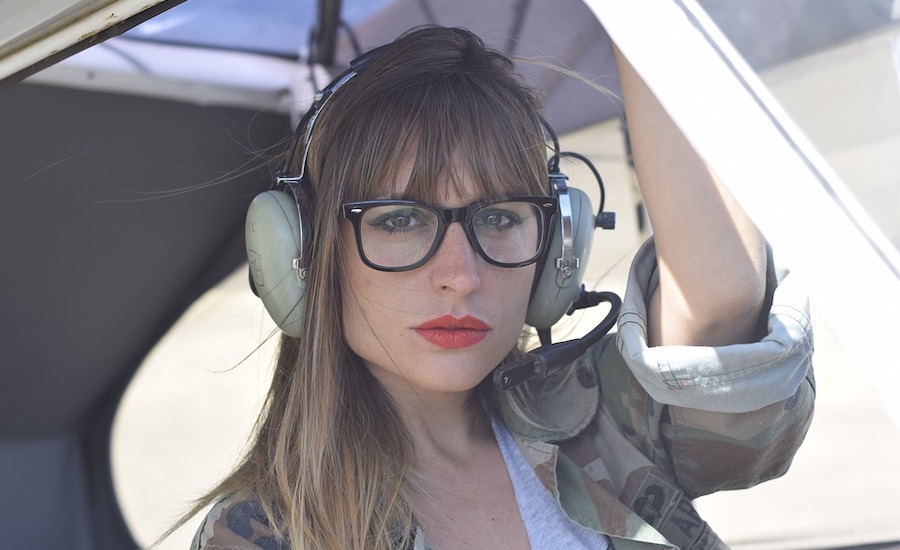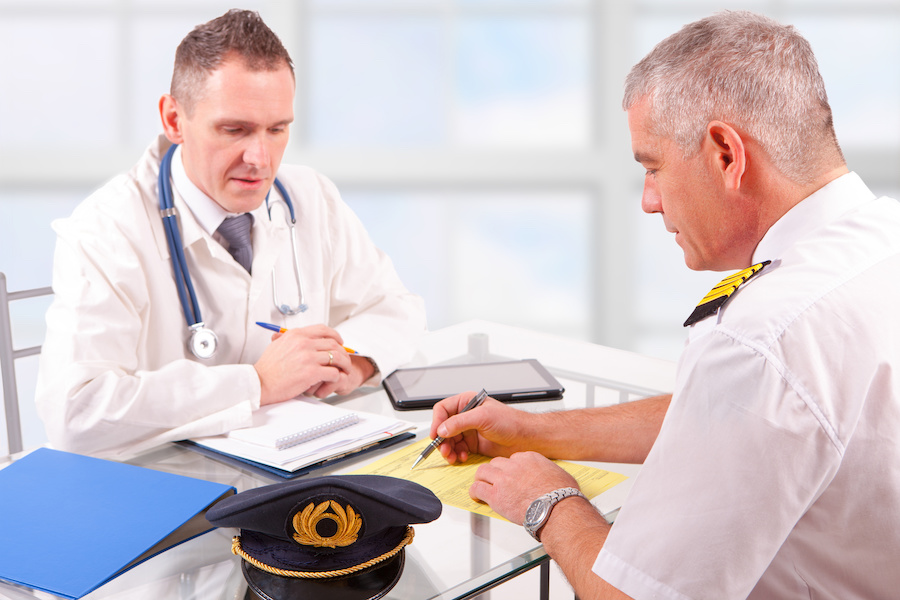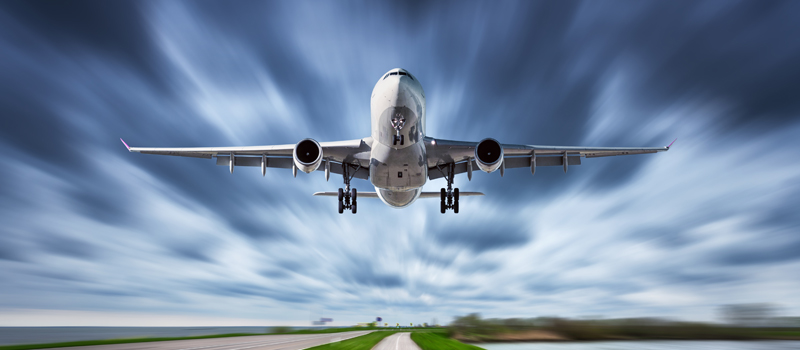-
The Purpose of External Lights
-
Lights That Make the Aircraft More Visible
- Navigation (Position) Lights
- Beacon (Red Anti-Collision) Lights
- Strobe (White Anti-Collison) Lights
-
Lights That Illuminate Areas the Pilots Need to See
- Taxi Lights
- Landing Lights
- Airplane News Update
- Runway Turnoff Lights
- Wing Inspection Lights
-
Various Purpose Lighting
- Searchlights
- Logo Lights
- Formation Lights
-
Conclusion
You may have noticed the seemingly random flashing and solid lights on an aircraft and wondered what they are supposed to mean. This article will explain all the different lights you may encounter on an airplane and their purpose.
Although every aircraft may have slightly different lights, a framework of the same types of lights exists. The types of lights fitted to an aircraft depend on the type of aircraft, operation, and even the time of day.
The Purpose of External Lights
In general, external lights can be divided according to three different purposes:
- To illuminate areas that the pilots need to see.
- To make the aircraft more visible.
- To provide illumination for various purposes.
Many of the lights fitted to an aircraft serve more than one of the purposes mentioned above. For example, the landing lights provide illumination for the pilots but also make the plane more visible.
Although many lights are legally required, a surprising amount are not, and a broken light will seldom cancel or even delay a flight because they are relatively easy to replace.
Now let’s examine the most common lights fitted to aircraft, according to the three different purposes.
Lights That Make the Aircraft More Visible
Navigation (Position) Lights
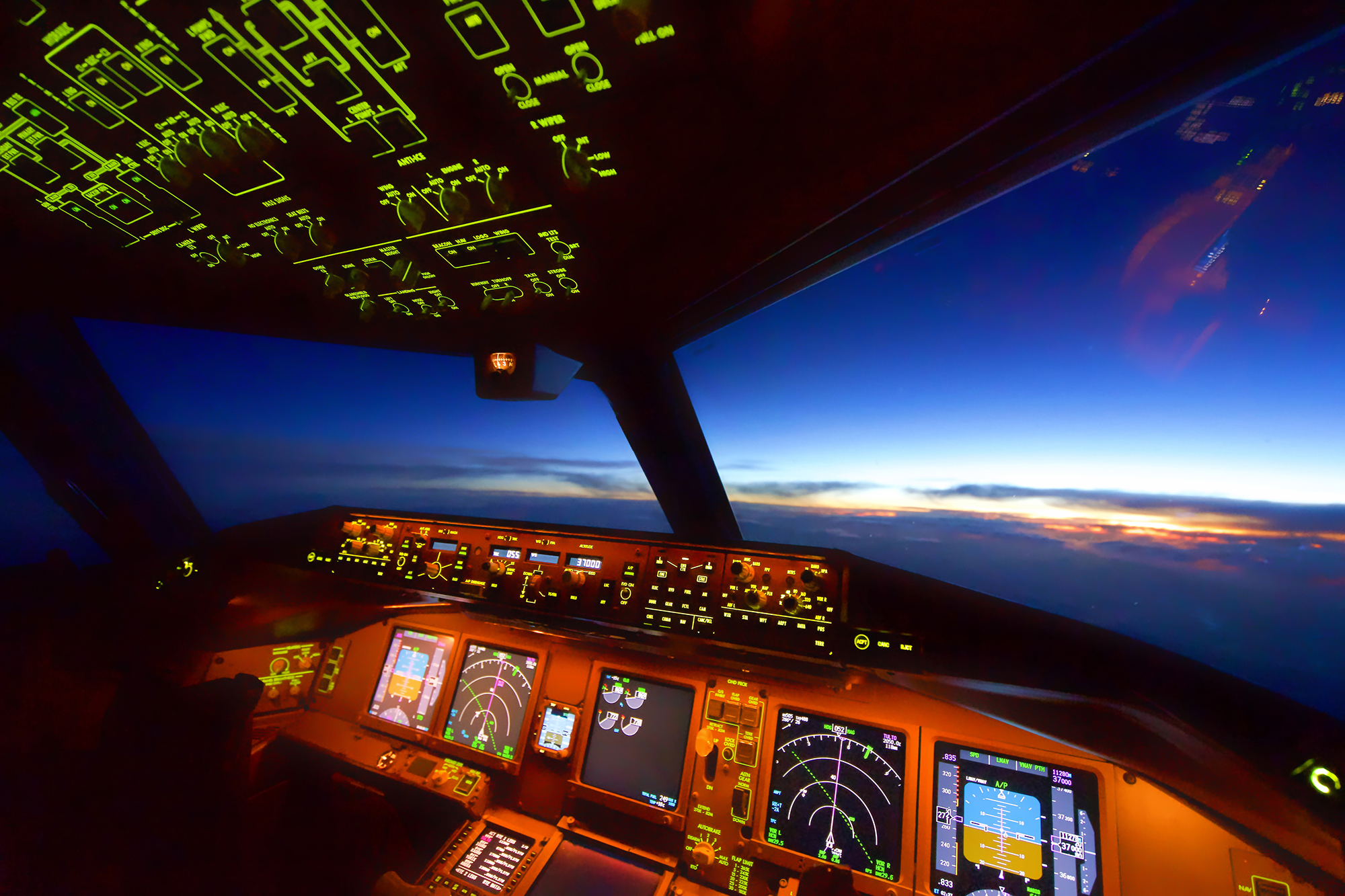
Navigation lights (also referred to as position lights) are required for all aircraft operating at night.
Back when ships were the primary means of transportation, ship operators quickly realized that collisions were happening far too often. As a result, green, red, and white lights were added to certain positions on ships. When aircraft were invented and became more advanced, they were added to them in the same places.
The right wingtip contains the green light, with the red light located on the left wingtip. The white light is located on the aircraft’s tail and sometimes additionally on the wingtips, facing backward (aft).
These lights allow an observer to determine the position and direction of an aircraft. For example, if an airplane were flying directly towards you, you would see a green then red light (from left to right). If an aircraft were flying past you towards your left, you would only see a red light.
Pilots have jokingly created different phrases for remembering what seeing certain lights mean, such as “Green then red, turn right or you’re dead” when an aircraft is approaching head-on.
Although only a requirement for flying at night, pilots generally have these lights turned on all the time to increase visibility.
Beacon (Red Anti-Collision) Lights
Beacon lights, also known as anti-collision lights, indicate when an aircraft is in operation. They are sometimes referred to as rotating beacon lights, harking back to the days when these lights did rotate.
Beacon lights are flashing red lights located on the top and (on larger aircraft) the bottom of the airplane. They are turned on as soon as the pilots begin the process of starting the engines and are only switched off after the engines have been shut down.
Beacon lights flash in an alternating on/off fashion. Newer aircraft such as the latest Boeing and Airbus airplanes use LED (Light-Emitting Diode) lights as anti-collision lights, and their red flash (the “on” cycle) is noticeably longer than their Xenon counterparts.
If you see any aircraft on an apron, the fastest way to determine if that aircraft will start its engines (and if you need to stay away) is to look for the flashing beacon lights.
Strobe (White Anti-Collison) Lights
Strobe lights, also known as anti-collision lights, are flashing white lights located on the wingtips of an aircraft. On some planes, these lights flash in rapid bursts, while on most aircraft, they flash in the regular on/off manner.
These lights are only used during flight and on the runway, as they are too bright for use on the ground, particularly at night.
LED lights are commonly used for strobe lights, particularly on newer aircraft.
Lights That Illuminate Areas the Pilots Need to See
Taxi Lights
Quite simple and true to their name, taxi lights are used to illuminate the taxiway so that the pilots don’t have to guess where they’re going at night (this, as you can imagine, is very helpful).
These lights are typically located on the nose gear strut and the wing. They are also commonly integrated with landing lights, where landing lights on a dimmer setting are used as taxi lights.
Landing Lights
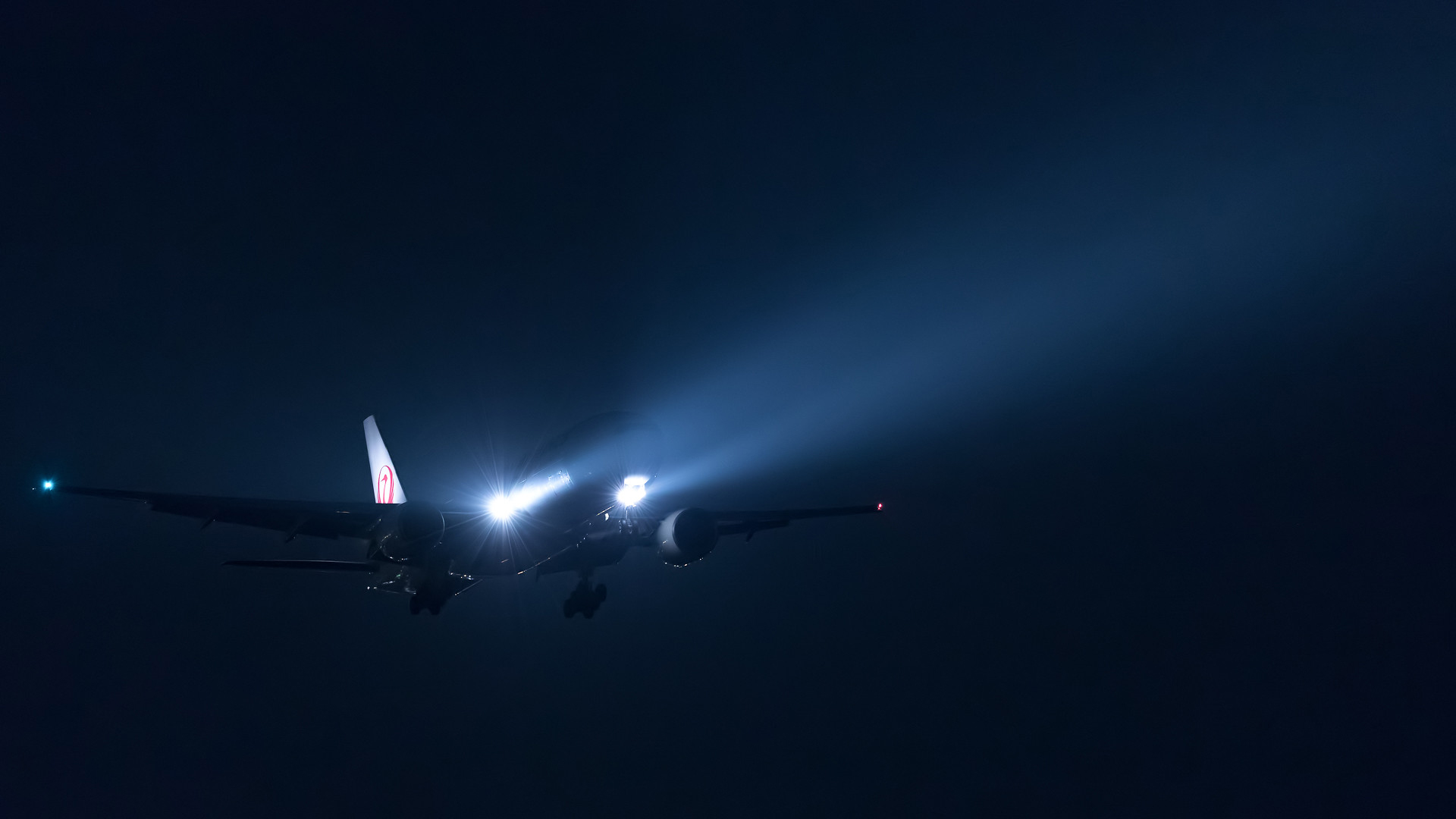
Landing lights are the most powerful and provide the most significant illumination to the flight crew. You will typically find landing lights mounted on the wing, nose, or beneath the fuselage of an aircraft. They are positioned downward to illuminate the runway and, as mentioned earlier, are sometimes used as taxi lights when dimmed.
In addition to providing illumination for the crew, landing lights also improve the aircraft’s visibility. On newer aircraft, supplementary systems such as the Alternating Landing Light System (ALLS) pulse the left and right landing lights in alternating fashion, further increasing visibility. These systems can even be found on newer General Aviation (GA) aircraft such as the Cessna 172, with a “recognition light” setting activating the ALLS.
Interestingly, on the newer GA Cessna aircraft, one LED landing light on each wing serves as the landing, taxi, and ALLS enabled recognition lights, controlled by one switch with two modes – landing and taxi/recognition. Suppose the switch is set to taxi, and the aircraft is flying above 40 knots; In that case, the lights automatically change from dim taxi lights (half of the total amount of LEDs) to full alternating pulsing landing lights, known as recognition lights.
Runway Turnoff Lights
Runway turnoff lights share many similarities with landing lights but are not as bright and are positioned on either side of the aircraft’s nose to illuminate the exits of a runway. Typically found on the nose strut, these lights also assist the pilots during tight turns, as the primary taxi lights generally only illuminate the area in front of the aircraft.
Wing Inspection Lights
Wing inspection lights are mounted on the aircraft fuselage and point backward toward the wing. They are used to aid ground and flight crew in detecting ice formation on the wing.
Various Purpose Lighting
Searchlights
Some military and law enforcement aircraft are equipped with searchlights that are used to illuminate objects on the ground.
Logo Lights
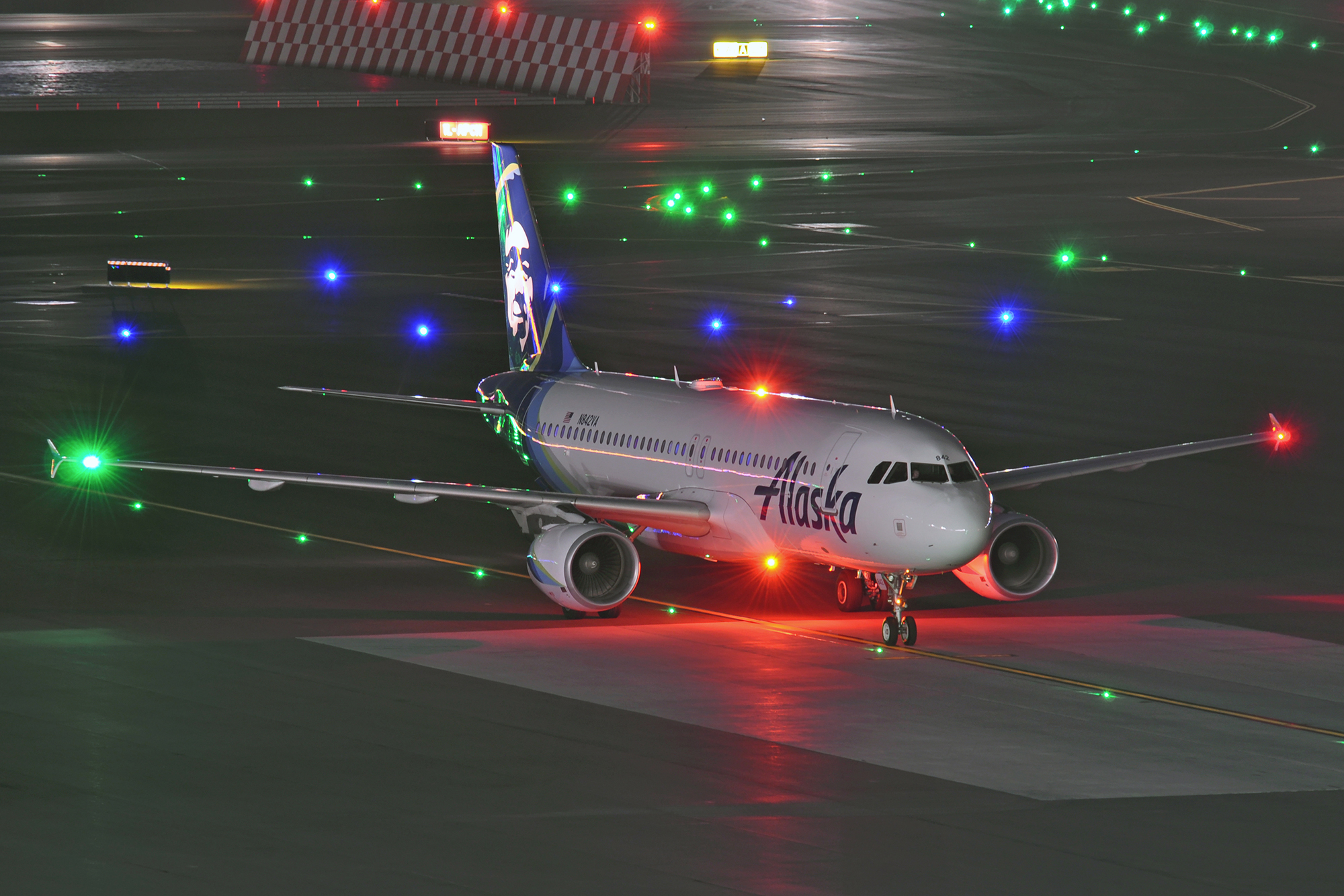
Logo lights are lights mounted on the horizontal stabilizer of an aircraft and point upward toward the vertical stabilizer, illuminating the airline’s logo. On older aircraft, they are sometimes located on the wingtips, pointing backward.
These lights are not a legal requirement and were initially introduced as a marketing topic for aircraft manufacturers but have since proved useful.
These lights aid others in visually identifying an aircraft at night, increasing aircraft visibility in the air.
Formation Lights
Some military aircraft have dedicated lights positioned on the plane to aid pilots in maintaining the correct position when flying in formation. They are often only visible in the infrared spectrum, which is visible only when using night vision equipment, allowing the aircraft to keep their lights off for operational reasons.
Conclusion
You now have a unique understanding of the reasoning behind the flurry of flashing, different colored, and bright lights located on an airplane. It turns out it’s more than just a Christmas tree simulator!
